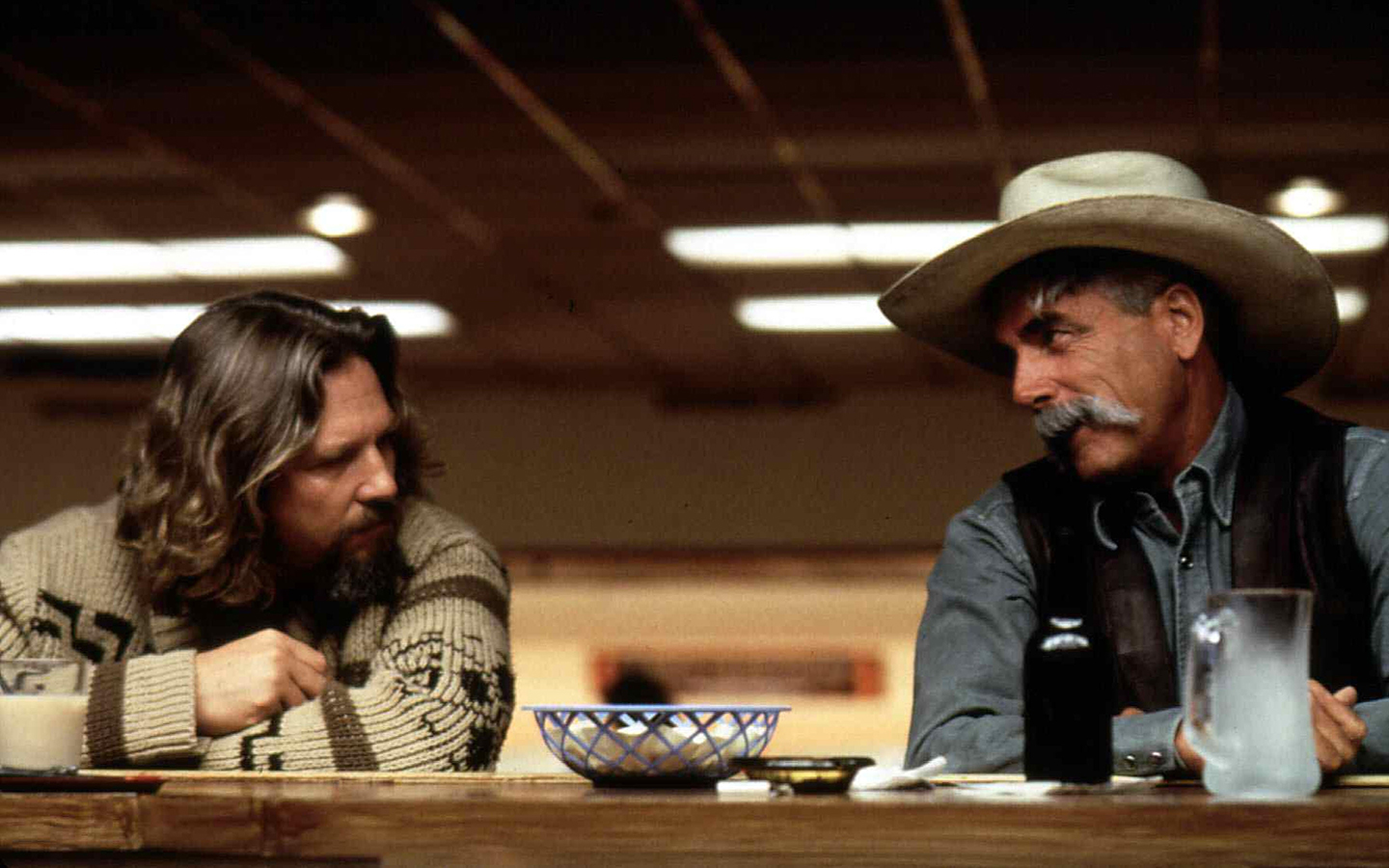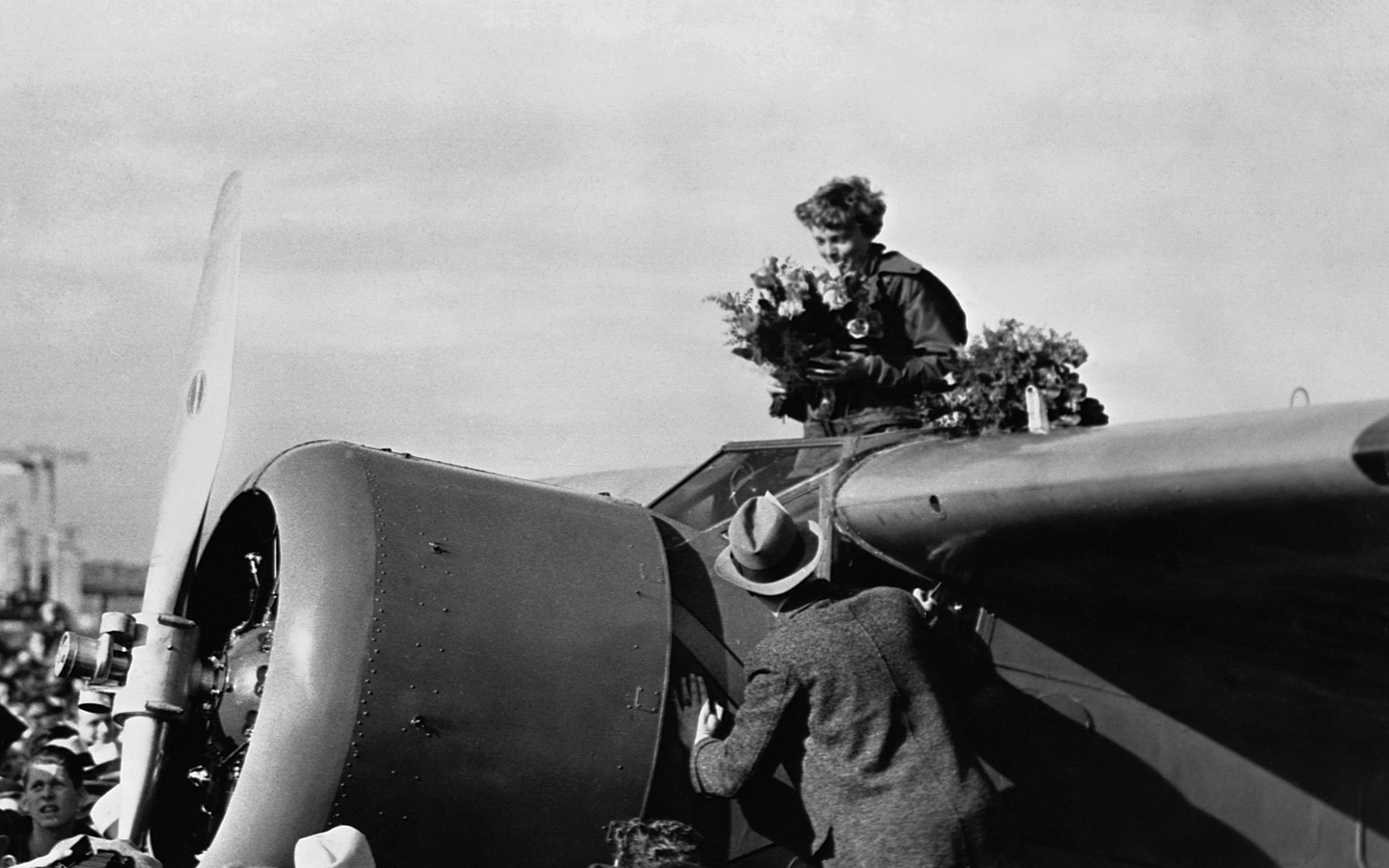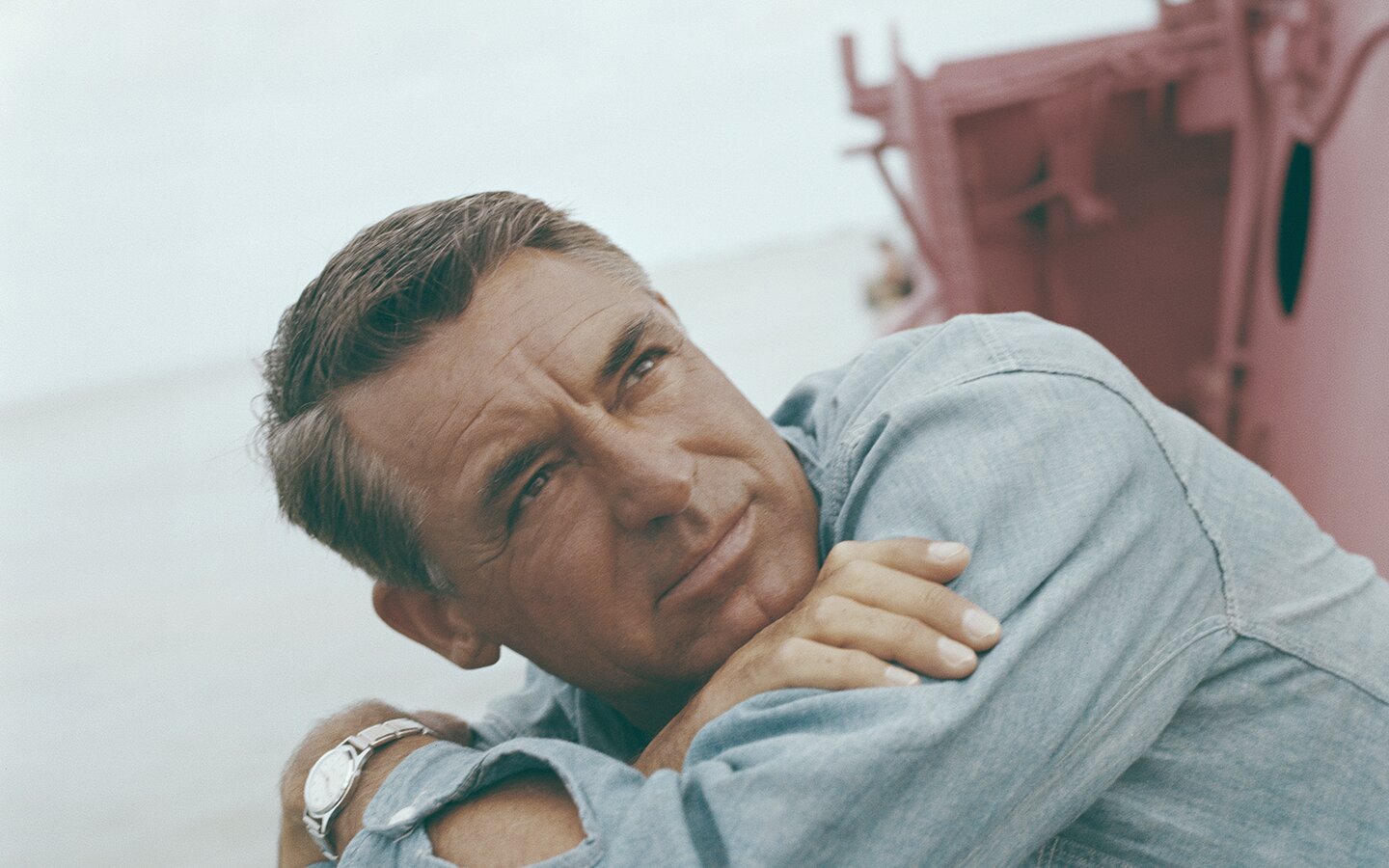Posts by Mike McPhate
Kites, weights, and a 50-pound camera: How George Lawrence captured San Francisco after the 1906 quake
When San Francisco trembled for 42 seconds on April 18, 1906, nearly two decades had passed since George Eastman introduced his first Kodak camera. In the days that followed the great earthquake, so many photographers choked the streets that a local newsman remarked: “Never since cameras were first invented has there been such a large…
Read MoreThe story behind Malibu’s infamous ‘Pink Lady’
One morning in 1966, motorists discovered that a 60-foot-tall painting of a nude woman had been added above a tunnel along Malibu Canyon Road. The origins of the “Pink Lady” of Malibu, pictured above, were a mystery. But as word spread, many people, including newspaper columnists and art lovers, were smitten by the guerrilla painting.…
Read MoreThe city of … ‘AHNG hayl-ais’? How L.A.’s pronunciation evolved
For part of the 20th century, a common pronunciation of Los Angeles used a hard G, as in “dangle” or “sangria.” Various pronunciations of the city had been competing for prominence since its founding in 1781. In the early 1900s, the Los Angeles Times felt so strongly about the correctness of a Spanish pronunciation that…
Read MoreNative Americans tried to help the starving Donner Party, research shows. They faced gunshots.
The familiar story of the Donner Party is one of misfortune, madness, and profound isolation. But archaeologists have come to believe that the Midwestern migrants who became trapped in the northern Sierra during the winter of 1846-47 were not alone. While October snowfall represented a catastrophe for the pioneers’ wagon train as they crossed the…
Read More‘Television is creeping up on us’: How the Tel-A-Chair presaged the attention economy
Before the iPhone, there was the Tel-A-Chair. A variation of the coin-operated televisions common in hotel rooms, the Tel-A-Chair was invented in 1969 by John Rice, a Sacramento tinkerer who was struck by inspiration during a three-hour wait at the Los Angeles Airport. “You can only eat so much pie and ice cream so we wandered…
Read MoreHow the protests of 1999 led to a political awakening in Little Saigon
At the end of the Vietnam War in 1975, nearly 20,000 refugees were brought to Southern California’s Camp Pendleton. Many resettled a little ways up the coast in northern Orange County, forming what would become the largest Vietnamese enclave in the United States. Little Saigon, straddling Westminster and Garden Grove, was a place of hope and reinvention.…
Read MoreThe ‘scar tissue’ of Los Angeles and San Francisco neighborhoods
Viewed from the sky, strange cleavages appear along the urban fabric of Los Angeles and San Francisco, like the image above, of a former Southern Pacific rail line arching through the Mission District in San Francisco. (See in Google Maps. More on this route: Nesssoftware.com) They’re the result of long-lost rail lines, a sort of architectural…
Read MoreThe courage of Amelia Earhart: “I want to do it because I want to do it.”
Coastal Californians scanned the skies for hours in anticipation of her arrival. At Oakland Airport, a nervous tension permeated a crowd of roughly 10,000 onlookers. “Then,” the S.F. Chronicle reported on the events of Jan. 12, 1935, “out of the veil of mist, without warning, came the plane.” Amelia Earhart’s red monoplane streaked into view…
Read MoreSan Francisco submerged
The poet Lawrence Ferlinghetti once likened San Francisco to a place that “drifts anchorless upon the ocean.” The metaphor comes to life with the city’s signature fog, which pours over the hills in slow-motion waves of white. On the ground, the experience can be dreary, “like living inside a great gray pearl,” as Herb Caen…
Read MoreLSD, free love, and bulldozers: Laguna Beach’s ‘Christmas Happening’
Laguna Beach began the 1960s as a sleepy arts colony. As the hippie counterculture arose, the city’s gorgeous setting and dirt-cheap beach living made it a natural hub for the movement. Hare Krishnas moved into town. Gay people found sanctuary. Art and drugs abounded. Then, on Christmas Day of 1970, the city hosted what was billed as…
Read MoreDave Brubeck’s fight against segregation
Dave Brubeck, born in the Bay Area in 1920, was a wildly popular jazz pianist in the 1950s and 60s, best known for his jaunty, oddly-metered song “Take Five,” included on the first jazz album to ever sell a million copies. Brubeck, a white man, recognized that his success stood in contrast to that of…
Read More‘A gallows trap’: the Thanksgiving Day football massacre
In 1900, San Francisco witnessed the deadliest spectator disaster in the history of American sports. The Cal and Stanford football clubs had the 10th meeting of their storied rivalry on Thanksgiving Day, Nov. 29, at San Francisco’s old Recreation Park, drawing roughly 19,000 fans. Unable to get inside, hundreds of boys and men clambered atop…
Read MoreHow Oakland became the resting place for victims of the Jonestown massacre
On a quiet hill in east Oakland, a memorial honors a megalomaniac who orchestrated the deaths of more than 900 people. On Nov. 18, 1978, the preacher Jim Jones coerced his followers to drink cyanide-laced punch at his Guyana compound. Bereaved family members retrieved the remains of roughly half of the victims. But many others…
Read MoreJohn Denver’s California memorial
Colorado’s greatest champion is memorialized on a rocky shore at Monterey Bay. John Denver became a folk music hero in the early 1970s with earnest songs about the pleasures of nature at a time of war and rising cynicism. He lived for much of his life in Colorado, a state whose soaring wilderness became a theme in…
Read MoreThe Hawaiian princes who brought surfing to California
In the summer of 1885, three Hawaiian princes, on break from their studies at a Bay Area military school, paddled into the ocean off Santa Cruz on 17-foot redwood planks. The strange exercise was recounted in the pages of the Santa Cruz Daily Surf: “The young Hawaiian princes were in the water, enjoying it hugely…
Read MoreCary Grant’s experiments with LSD
Cary Grant, a leading man of Hollywood’s Golden Age, dropped LSD more than 100 times in his later years. The sessions were conducted under a therapist’s care at a time when a group of Los Angeles psychiatrists became convinced that the drug was a tool that could change lives. Grant endured an appalling childhood. His…
Read MoreThe legend of Costco’s $1.50 hot-dog-and-soda combo
Costco’s hot-dog-and-soda combo has been priced at $1.50 since 1984. Years ago, the company’s then-president, Craig Jelinek, complained to cofounder and CEO Jim Sinegal that the deal was a money loser. Sinegal nodded. “If you raise [the price of] the effing hot dog,” he said, “I will kill you. Figure it out.” The West Coast superstore…
Read MoreIcer Air: snowballs and snowboards in 80-degree San Francisco weather
In San Francisco, it wasn’t so long ago that studios rented for $1,000 a month, friends hugged one another without worry of disease, and snowboarders flew through the air on Fillmore Street. On Sept. 29, 2005, thousands of people in shorts and t-shirts gathered to see professional skiers and snowboarders ride on trucked-in snow down one…
Read More
















